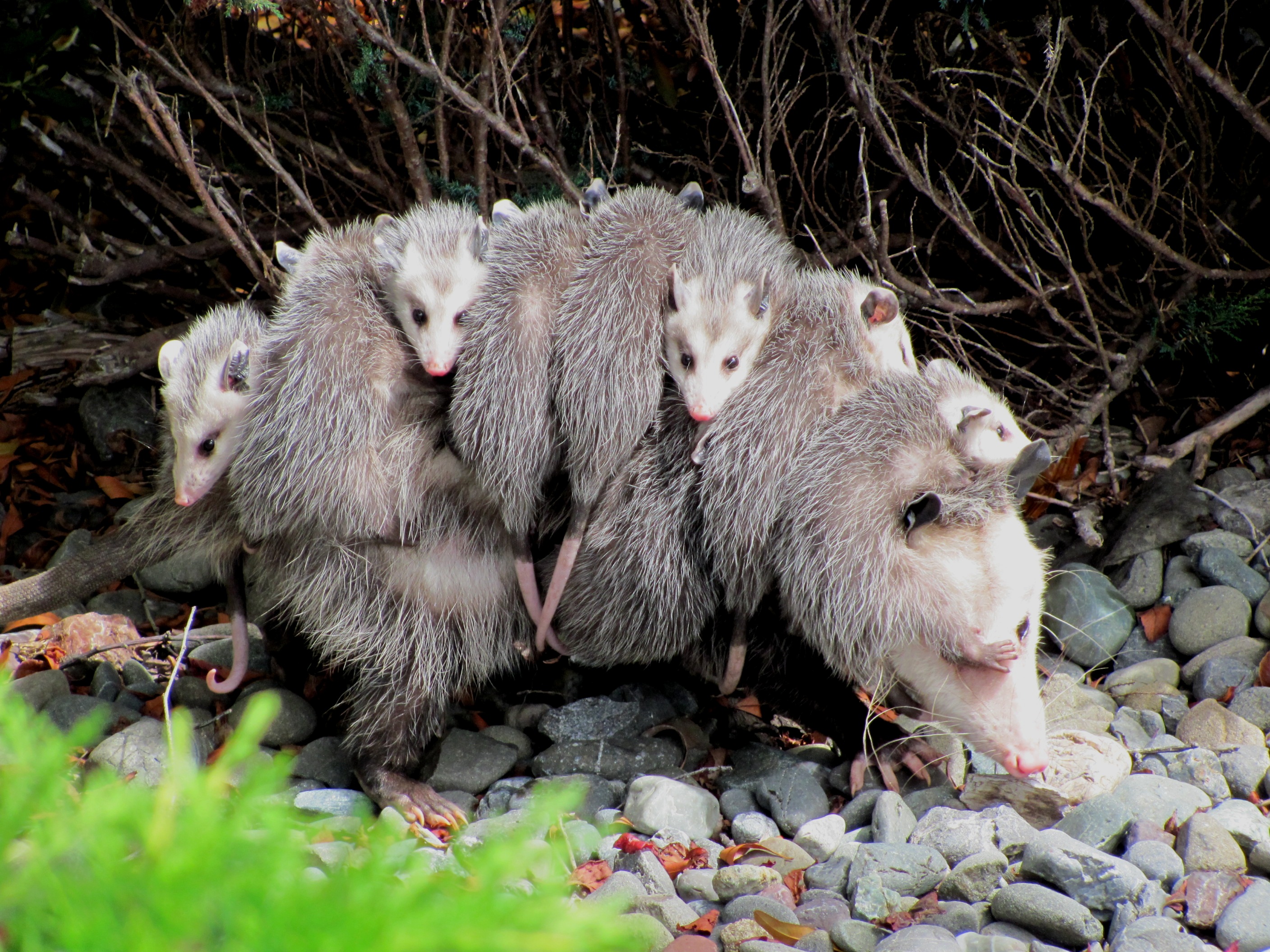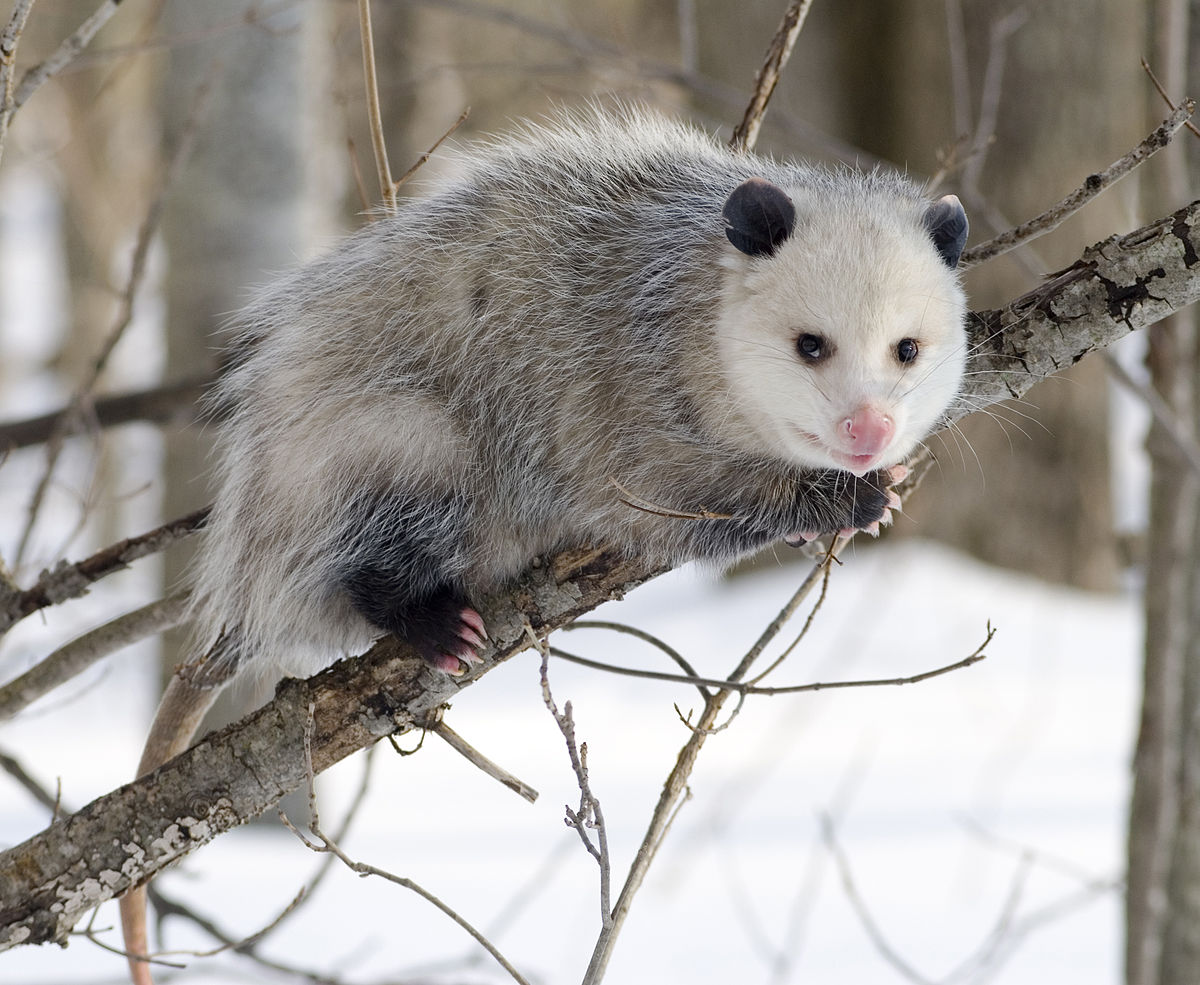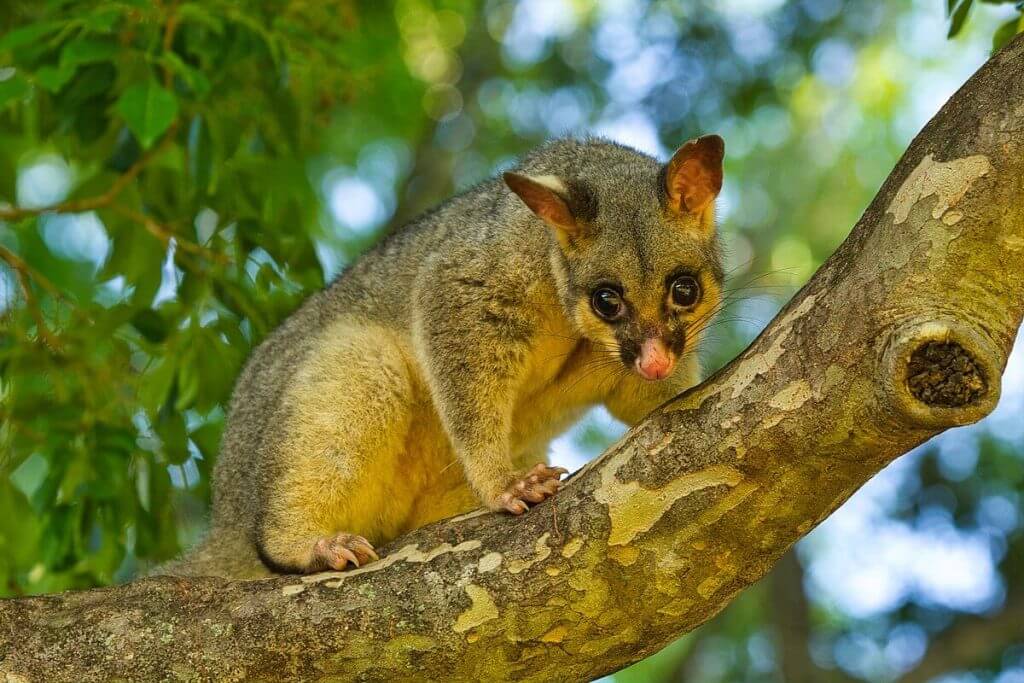Possums are a diverse group of marsupial mammals found in various parts of the world. They are known for their unique characteristics and adaptations, making them fascinating creatures to study.
In this article, we will explore the different types of possums, focusing on the Virginia opossum and the Australian possums.
You are reading: Discover The 2 Types Of Possums

2 Types Of Possums
Virginia opossum (Didelphis virginiana)

The Virginia opossum (Didelphis virginiana), also known as the North American opossum, is the only opossum living north of Mexico, with its range extending south into Central America.
It is the northernmost marsupial in the world and is often referred to as a possum, ‘possum, or opossum in the United States and Canada. Here are some key characteristics and facts about the Virginia opossum:
– Size and Appearance: The Virginia opossum is about the size of a domestic cat, with a triangular head, a long pointed nose, and grayish fur, except on its ears, feet, and tail. Its tail is prehensile, meaning it can grasp and hold onto objects. The underfur of Virginia opossums is usually whitish and tipped in black, but their coloration can vary throughout their range.
Read more : Discover The Top 12 Most Expensive Types Of Betta Fish
– Habitat: These opossums can be found in a wide variety of habitats, including deciduous forests, open woods, farmland, marshes, swamps, deserts, and wet meadows. They prefer living in woodlands and thickets near a source of water. Virginia opossums have an expanding range throughout Central and North America, currently found from Costa Rica to southern Ontario, Canada.
– Behavior: Virginia opossums are solitary, nocturnal, and terrestrial, but they are also adept climbers and may den in trees. They are opportunistic omnivorous feeders, consuming a variety of vertebrates, invertebrates, plant material, and carrion. These opossums are important seed dispersers, redistributing undamaged seeds from various plant genera.
– Reproduction: A female Virginia opossum may have as many as 25 babies, but she usually has between seven to eight. Like most marsupials, opossums are very small when they are born, about the size of a navy bean. The large litter size is a strategy to ensure the survival of some offspring.
– Range: The Virginia opossum can be found in most of the United States east of the Rocky Mountains, on the West Coast, in Mexico, Central America, and in British Columbia, Canada. This species was also introduced to the West Coast of the U.S. and British Columbia, Canada, and is still expanding northward.
Australian possum

Australian possums are a diverse group of marsupials, with various species exhibiting unique characteristics and adaptations. Here are some key facts about Australian possums:
– Common Brushtail Possum (Trichosurus vulpecula): This is one of the most well-known and widespread possum species in Australia. It is a nocturnal, semiarboreal marsupial native to Australia and invasive in New Zealand. Common Brushtail Possums are social animals and remain in contact with their group through sounds and scents.
Read more : 12 Types Of Aquarium Fish
– Habitat: Australian possums can be found in a range of habitats, including forests, woodlands, and urban areas. They are adaptable and have successfully colonized urban environments, often becoming pests in residential areas.
– Feeding Habits: Most Australian possums are herbivorous, feeding on leaves, flowers, fruits, and nectar. However, some species, such as the Sugar Glider (Petaurus breviceps), are omnivorous, consuming both plant material and small animals.
– Range: Australian possums are distributed across the country, with different species occupying specific regions. For example, the Common Brushtail Possum is found along the east coast, while the Western Pygmy Possum (Cercartetus concinnus) is native to the southwestern region.
– Conservation Status: Some Australian possum species, such as the Leadbeater’s Possum (Gymnobelideus leadbeateri) and the Mountain Pygmy Possum (Burramys parvus), are listed as endangered or critically endangered due to habitat loss and other threats. Efforts are being made to protect these species and their habitats.
FAQS
1. What are the main differences between Virginia opossums and Australian possums?
The main differences between these two types of possums are their geographical distribution, habitat, and physical characteristics. Virginia opossums are found in North and Central America, while Australian possums are native to Australia and the Indonesian islands of New Guinea and Sulawesi. Virginia opossums are the only marsupials in the United States and Canada, while Australian possums belong to a suborder of 70 tree-living marsupial species.
2. Are Virginia opossums and Australian possums the same animal?
No, Virginia opossums and Australian possums are not the same animal. They are different species of marsupials, although they are often referred to as “possums” in North America and Australia, respectively.
3. What do possums eat?
Possums have varied diets depending on their species and habitat. Virginia opossums are omnivorous, feeding on vegetation, meat, insects, mice, wild birds, snakes, worms, and even chickens. Australian possums are primarily herbivorous, consuming leaves, flowers, fruits, and nectar, although some species, such as the Sugar Glider, are omnivorous.
4. Are possums pests?
Possums can be considered pests in certain situations. Virginia opossums are known to raid garbage cans, dumpsters, and other containers, while Australian possums may become pests in urban areas, causing damage to gardens and homes. However, they also play important roles in ecosystems, such as controlling insect populations and dispersing seeds.
5. How can I deal with possums in my yard or home?
If you are facing issues with possums in your yard or home, consider the following solutions:
– Remove food sources, such as garbage or fallen fruits, to discourage possums from visiting your property.
– Seal off potential entry points to your home or garage to prevent possums from gaining access.
– Use humane trapping methods to capture and relocate possums, following local regulations and guidelines.
– If you encounter a dead possum, contact your local animal control or sanitation department for proper disposal.
Source: https://petstutorial.com
Category: Animals










